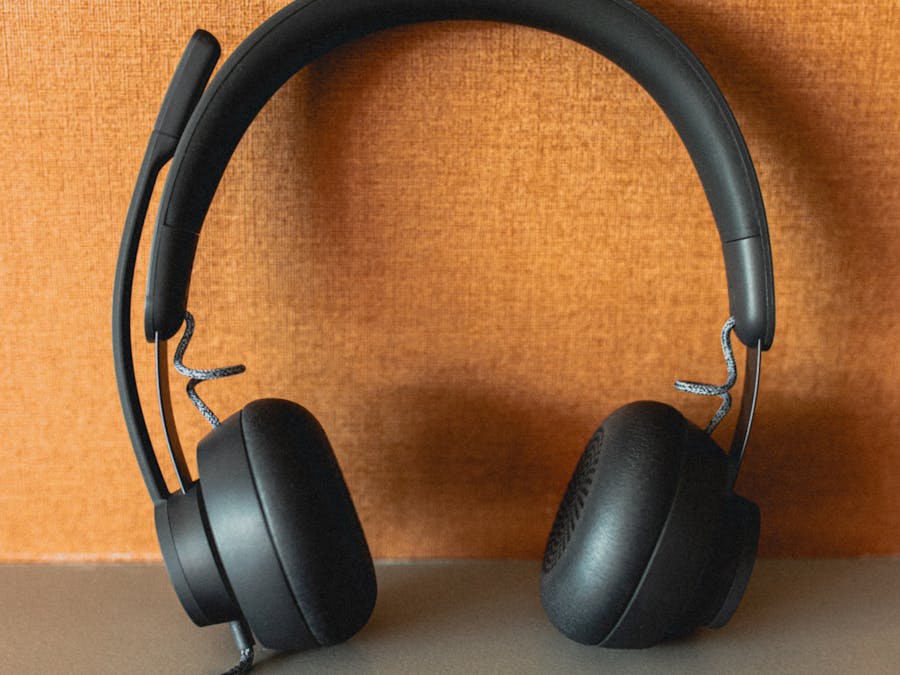 Piano Guidance
Piano Guidance
 Piano Guidance
Piano Guidance

 Photo: Miguel Á. Padriñán
Photo: Miguel Á. Padriñán
Preferences may change over time, but research shows that people tend to be especially fond of music from their adolescent years and recall music from a specific age period — 10 to 30 years with a peak at 14 — more easily.

Digital pianos/keyboards just use built-in pre-recorded sounds, so there is no mechanism that can gradually become out of tune in the way that the...
Read More »
Canceling on an Android Device To cancel your Simply Piano subscription on an Android device: Go to Google Play Store. Click on Menu,...
Read More »Have you wondered why you love a particular song or genre of music? The answer may lie in your personality, although other factors also play a role, researchers say. Many people tend to form their musical identity in adolescence, around the same time that they explore their social identity. Preferences may change over time, but research shows that people tend to be especially fond of music from their adolescent years and recall music from a specific age period — 10 to 30 years with a peak at 14 — more easily. Musical taste is often identified by preferred genres, but a more accurate way of understanding preferences is by musical attributes, researchers say. One model outlines three dimensions of musical attributes: arousal, valence and depth. “Arousal is linked to the amount of energy and intensity in the music,” says David M. Greenberg, a researcher at Bar-Ilan University and the University of Cambridge. Punk and heavy metal songs such as “White Knuckles” by Five Finger Death Punch were high on arousal, a study conducted by Greenberg and other researchers found. “Valence is a spectrum,” from negative to positive emotions, he says. Lively rock and pop songs such as “Razzle Dazzle” by Bill Haley & His Comets were high on valence. Depth indicates “both a level of emotional and intellectual complexity,” Greenberg says. “We found that rapper Pitbull’s music would be low on depth, [and] classical and jazz music could be high on depth.” Also, musical attributes have interesting relationships with one another. “High depth is often correlated with lower valence, so sadness in music is also evoking a depth in it,” he says. We prefer music from artists whose personalities we identify with. “When people listen to music, they’re being driven by how similar that artist is to themselves,” Greenberg says. In his 2021 study, participants rated the personality traits of artists using the Big 5 model: Openness, Conscientiousness, Extraversion, Agreeableness and Neuroticism (OCEAN). To the respondents, David Bowie displayed high Openness and Neuroticism; while Marvin Gaye displayed high Agreeableness.

Upright pianos typically require no disassembly to fit through a standard doorway.
Read More »
La Mer (1905) La Mer is Debussy's most popular and widely performed concert work.
Read More »
Pianoforall is one of the most popular online piano courses online and has helped over 450,000 students around the world achieve their dream of playing beautiful piano for over a decade.
Learn More »“The match between the [personality of the] listener and the artist was predictive of the musical preferences for the artist beyond just the attributes from the music,” Greenberg says. Personality traits may predict people’s musical taste, researchers say. In a 2022 study, Greenberg and his colleagues found that despite sociocultural differences, participants around the world displayed personality traits that were consistently correlated with their preference for certain genres of Western music. Extraversion, for example, was linked to a preference for upbeat contemporary music, and Openness was linked to a preference for sophisticated or cerebral styles. Our cognitive styles and how we think may also predict what types of music we may like. A 2015 study by Greenberg and his colleagues distinguishes between systemizers and empathizers — people who understand the world through thoughts and emotions vs. people who are interested in rules and systems. “Empathizers tend to prefer sadness in music whereas [systemizers] prefer more intensity in music,” Greenberg said. “A lot of IT [and] data science professionals [are] high on systemizing and also prefer really intense music.” Also, both empathizers and systemizers listen to music with high depth, but empathizers prefer attributes that represent emotional depth, and systemizers prefer attributes that represent intellectual depth and technical complexity. While personality may be one determinant of our musical preferences, another could be the context. Minsu Park and his colleagues identified temporal patterns in listening behavior — people tend to listen to relaxing music in the evening and energetic music during the day. “This fluctuation is almost identical regardless of your cultural location and other demographic information,” says Park, assistant professor of social research and public policy at New York University Abu Dhabi. There is, however, a baseline difference between people from different cultures. In Latin America, people tend to listen to “more arousing music compared to other people in other regions,” and in Asia, they tend to listen to “more relaxing music [than] people in other regions,” Park says.

The default F12 key primary function on Apple keyboards is to turn down the audio. Pressing fn + F12 for the secondary function is F12. Oct 18, 2022
Read More »
The full version of Fur Elise is considered reasonably difficult, broadly an intermediate piece around grade 5, but a shorter arrangement of only...
Read More »Age and gender also are linked with certain kinds of music. Younger people tend to like intense music and older people tend to dislike it, Greenberg’s research shows. Listeners of mellow music are more likely to be women, and listeners of intense music are more likely to be men and from the Western hemisphere.

There are a total of 8 grades in the ABRSM piano exams, where grade 1 is the easiest and grade 8 is the hardest. Each grade tests you in the...
Read More »
1. “ Beloved Wife” by Natalie Merchant (1995) ... “Sandcastles” by Beyoncé (2016) ... “Linger” by The Cranberries (1993) ... “No More 'I Love...
Read More »
Chords of C major By doing this we get the chords C, Dm, Em, F, G, Am, Bdim, by going the extra step and adding another note (stacking on another...
Read More »
Can You Wear Nail Varnish When Playing the Piano? You can wear nail varnish when playing the piano, and it should not impact you in any meaningful...
Read More »